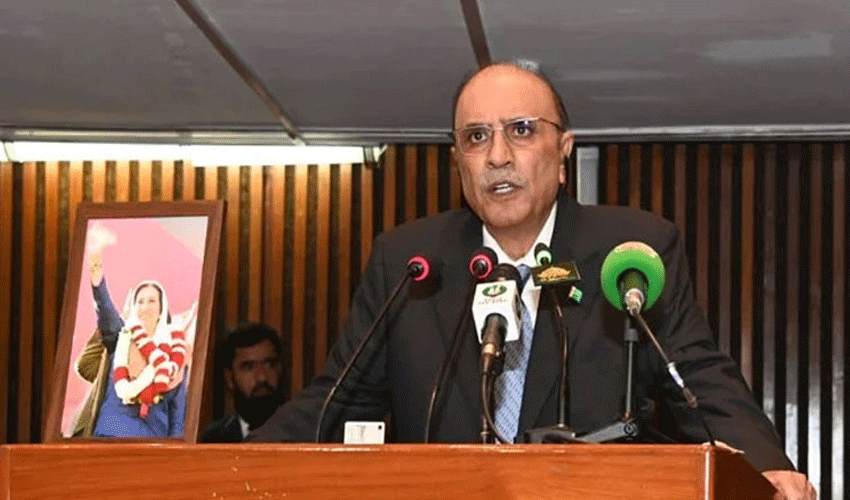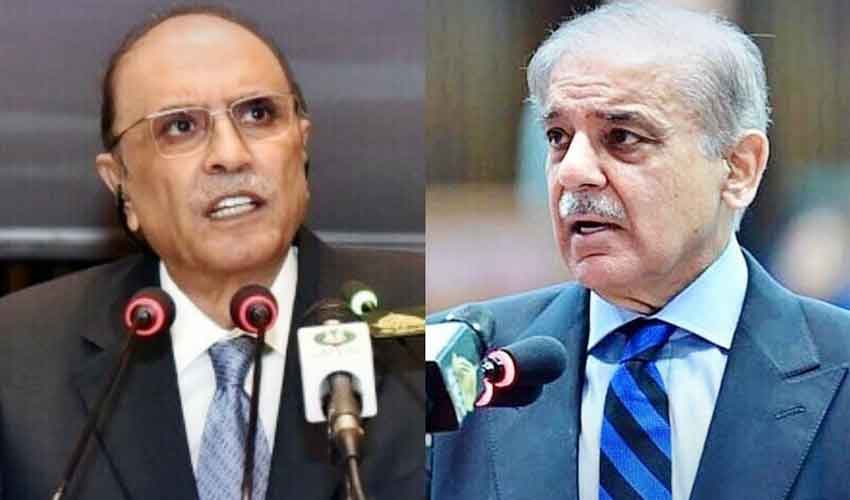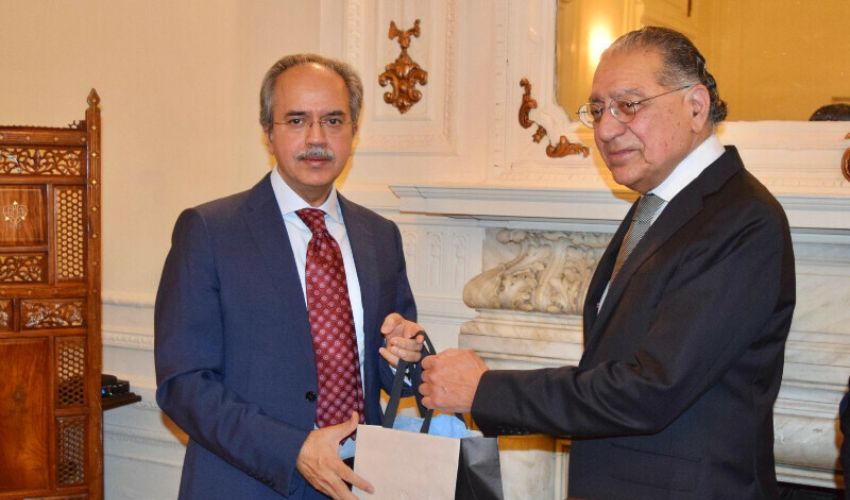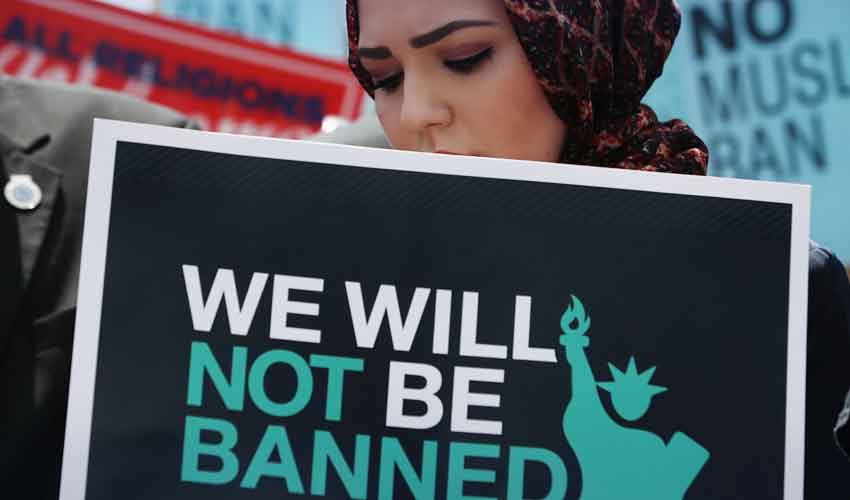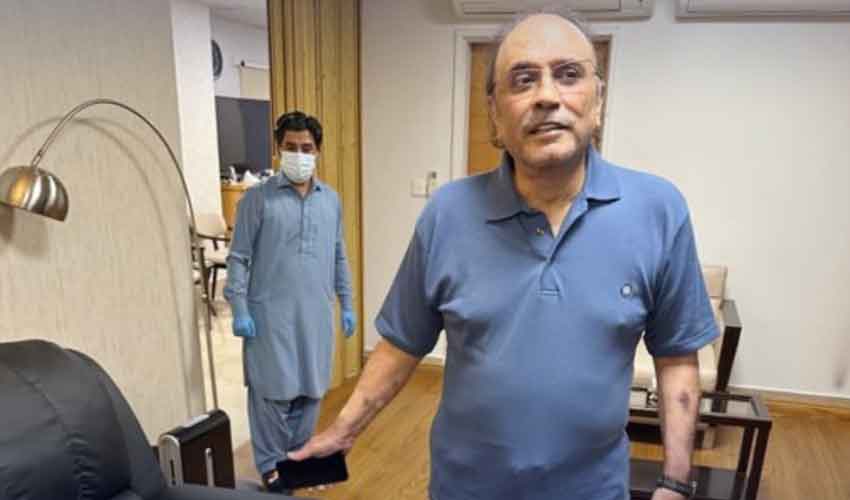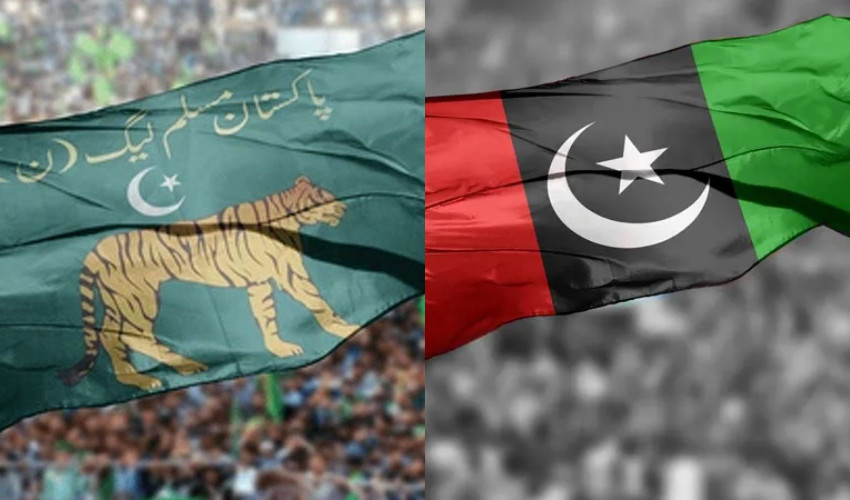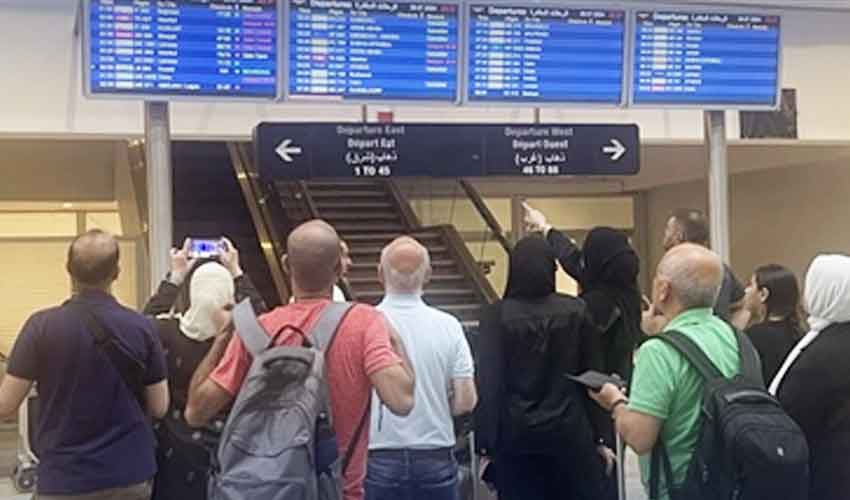Who was Hassan Nasarullah?
A passionate and fiery orator, Sayyed Hassan Nasrallah was the leader of Hezbollah, a powerful Shia political and military faction. As the secretary general, Nasrallah was widely regarded as one of the most influential figures in Lebanon, with an estimated 100,000 fighters under his command and numerous Hezbollah members serving as MPs.
Born in Beirut in 1960, Nasrallah was known for his deep devotion to Islam and his early involvement in religious studies. He joined Hezbollah shortly after its formation in 1982 and quickly rose through its ranks. By the time he became its leader, he had guided the group through wars with Israel and participated in the conflict in Syria.
Under his leadership, Hezbollah evolved from a primarily military organization into a significant political force in Lebanon. Nasrallah's tenure cemented the group's status as a key adversary of Israel, while also building strong ties with Shia leaders in Iran and militant groups like Hamas. His influence extended beyond Lebanon, making him a critical figure in Iran’s Axis of Resistance.
Also Read: Hezbollah confirms leader Hassan Nasrallah killed
Nasrallah held the title of "Sayyed," an honorific that marks a cleric’s lineage to the Prophet Muhammad, which helped further his standing in the Arab and Islamic world. Though revered by many across the region, he was seen as an extremist by much of the West. Despite his considerable power, Nasrallah lived in hiding for years, fearing assassination attempts by Israel.
Recent reports of an Israeli airstrike have cast uncertainty over Nasrallah’s fate, leaving many of his followers anxious. Although Hezbollah initially claimed that Nasrallah was safe, the absence of further updates has fuelled confusion. The airstrike, which caused a massive explosion, has left rescue workers still searching for victims, with expectations that the civilian death toll will rise.
Also Read: Israeli military says it has killed Hezbollah chief Nasrallah
Nasrallah's journey to prominence began from humble beginnings in Beirut’s impoverished suburb of Sharshabouk. After being displaced to southern Lebanon, he studied theology and first joined the Amal movement before moving to Hezbollah. Formed by Iranian Revolutionary Guards in 1982, Hezbollah emerged to resist the Israeli occupation of southern Lebanon, and under Nasrallah’s leadership, it succeeded in forcing an Israeli withdrawal in 2000.
His standing grew even more in 2006, when Hezbollah fought Israel to a standstill during a 34-day war. However, his popularity waned after Hezbollah became involved in Syria’s civil war, siding with President Bashar al-Assad, a stance that alienated many in the Arab world.
In the ongoing Israel-Hamas conflict, Hezbollah has opened a "backup front" along Israel’s northern border, launching attacks on Israeli military posts. Since then, clashes between Hezbollah and Israeli forces have intensified, especially as Israel escalates operations along its northern frontier.







